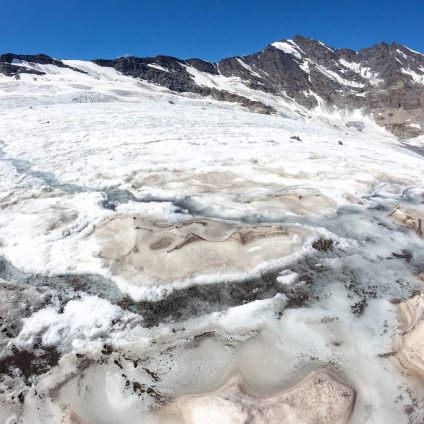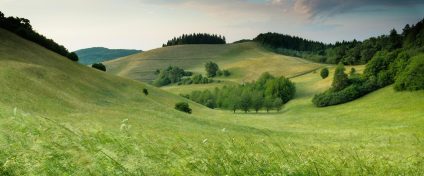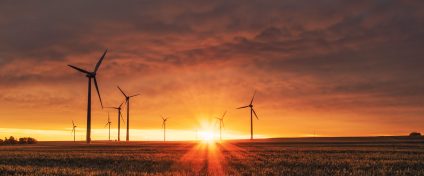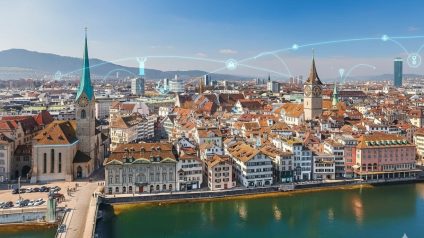Glacier collapse in Switzerland highlights how Alps and Pyrenees are warming twice as fast as the global average, threatening communities and ecosystems
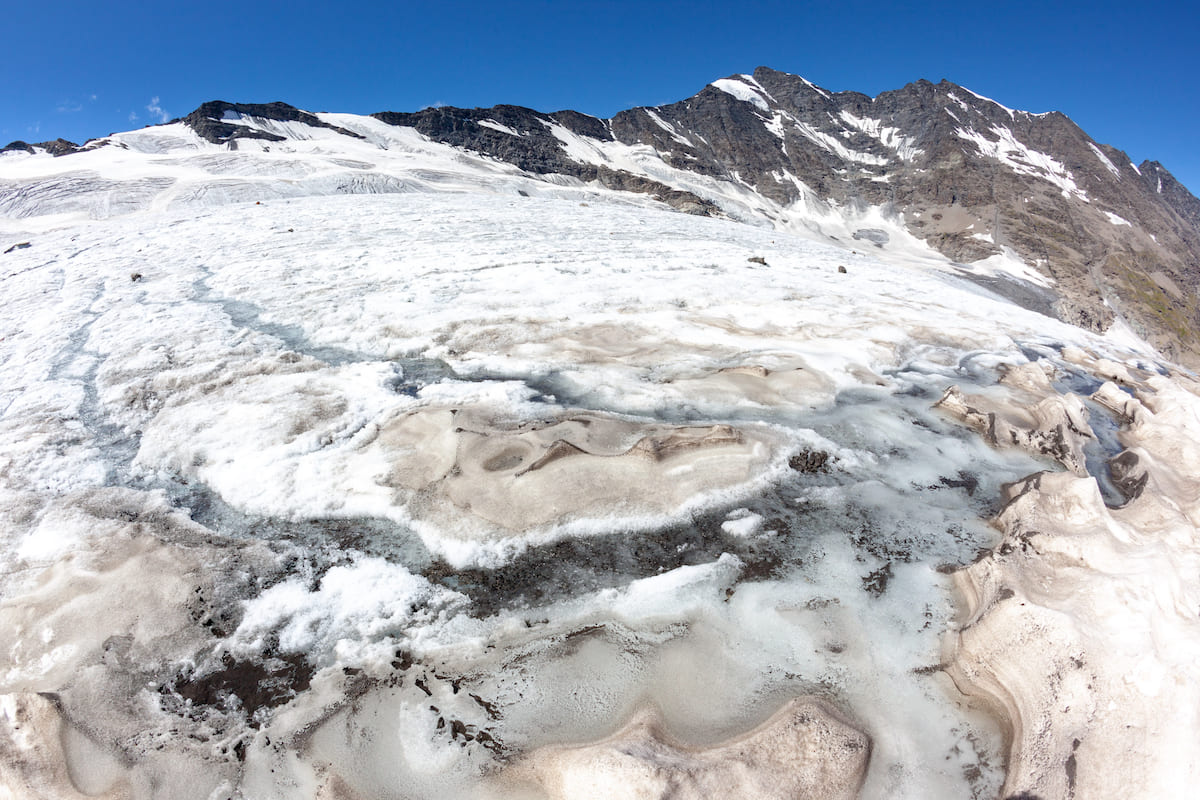
The recent collapse of the Birch Glacier has reignited concerns over the alarming rise in alpine permafrost temperatures.
The role of global warming in the Birch Glacier collapse
A devastating glacier collapse in Switzerland buried an entire alpine village. On Wednesday, May 28, a massive flow of ice, rock, and mud cascaded down a mountainside, nearly wiping out the picturesque village of Blatten in the Lötschental Valley. The event followed the deterioration of a section of the Birch Glacier after part of the mountain behind it began to break apart, dragging down a large mass of ice.
The village, home to 300 residents, had been evacuated more than a week earlier. Still, as of Thursday morning, a 64-year-old man remains missing. Swiss authorities have deployed the army’s rescue unit to assist in the search. The debris flow carved a deep gash into the forested mountainside, stripping trees and pouring into the valley below. Water is now pooling over the debris-covered ground. Geologists had already warned that the debris could block a nearby river, posing a serious flood risk.
Legambiente’s response to the glacier collapse in Switzerland
“The collapse of the Birch Glacier above the alpine village of Blatten (Lötschen) in the canton of Valais,” said Giorgio Zampetti, general director of Legambiente, “is a warning sign for all alpine territories. It underlines the urgent need to strengthen both mitigation and adaptation strategies to climate change, not only in mountainous regions but also downstream.”
“To counter this fast-moving climate crisis, which knows no borders, we need immediate action and a European glacier governance model. That includes stronger international cooperation among scientists, civil society, and institutions, along with awareness campaigns and continued high-altitude monitoring. In the case of the Birch Glacier, these efforts made it possible to evacuate residents and livestock as early as May 19.”
Central Europe is warming faster than the rest of the world
Legambiente warns that, according to recent scientific studies, Central Europe, especially the Alps and Pyrenees, is warming nearly twice as fast as the global average. Landslides, floods, and debris flows are becoming more frequent, threatening people, infrastructure, and biodiversity. Action is urgently needed, as the United Nations reiterated during the International Year of Glaciers.
The white giants are disappearing
Glaciers across Europe are under pressure. Among them is the Adamello Glacier, which saw a 3-meter thickness loss in its frontal area in 2024. Melting impacts have now reached elevations as high as 3,100 meters. Circular collapses are also expanding as glacier mass contracts.
The Careser Glacier (Ortles-Cevedale group) lost an average of 190 centimeters in thickness. In South Tyrol, the Vedretta Lunga (Martell Valley) and Vedretta di Ries (Aurina Valley) glaciers recorded losses between 1.5 and 2 meters. Another concern is the rising number of extreme weather events at high altitudes, 146 in the past year alone. The Alpine arc saw 202 such events between January and December 2024.
Rising alpine permafrost temperatures
The Birch Glacier collapse has refocused attention on the troubling increase in alpine permafrost temperatures. Christian Huggel, professor of environmental science and climatology at the University of Zurich, noted that the permafrost in Blatten had experienced temperature increases. However, he emphasized that multiple contributing factors are at play.
Mountain permafrost represents 30% of the world’s total permafrost surface and is especially sensitive to climate change. These changes affect both ecosystems and mountain communities. Alarmingly, European mountain permafrost is warming by over one degree Celsius per decade, according to a study published in Nature in December 2024.
Read the full study on Nature [HERE].


